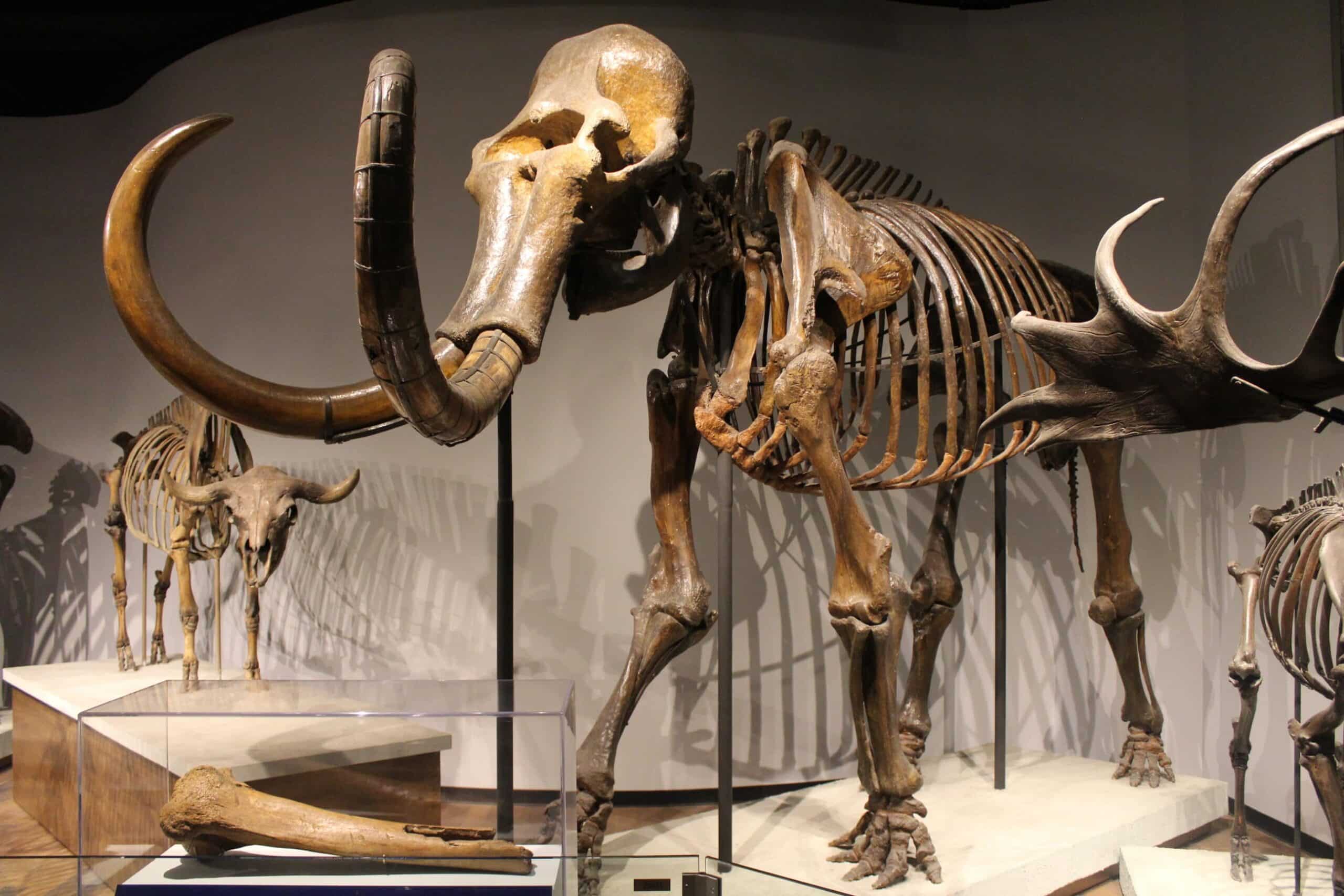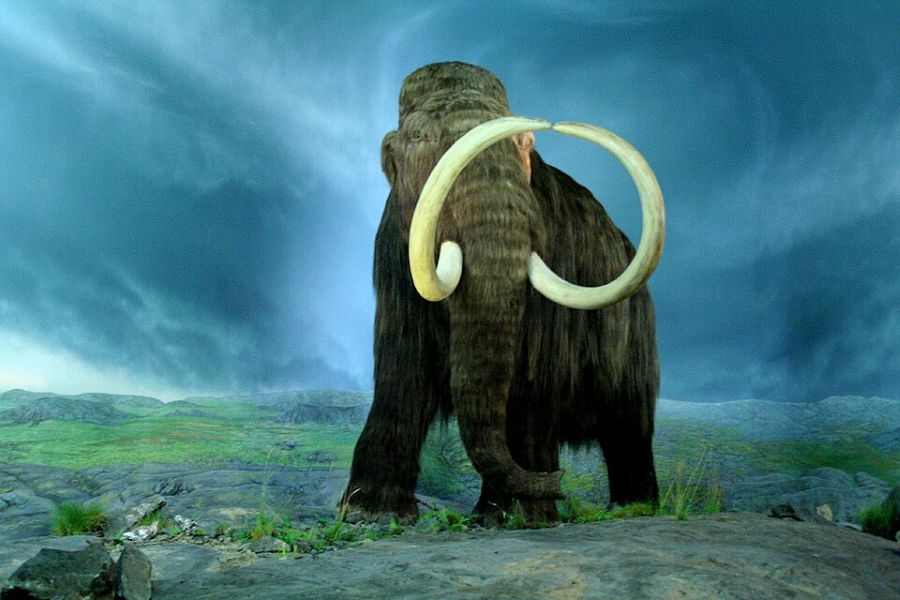
Researchers say they have recovered RNA from the remains of a woolly mammoth that lived roughly 39,000 years ago, a finding that for the first time preserves direct molecular evidence of which genes were active in an Ice Age animal and gives scientists a new window into long-extinct biology.
In a study of soft tissues from 10 Late Pleistocene mammoths recovered from Siberian permafrost, a team led by researchers at Stockholm University reported that one specimen known as Yuka yielded especially rich RNA signals. Yuka’s muscle tissue produced hundreds of ancient transcripts, including muscle-specific messenger RNAs and dozens of small regulatory RNAs called microRNAs, the oldest reliably sequenced RNA yet reported, the authors said.

“With RNA, we can obtain direct evidence of which genes are ‘turned on,’ offering a glimpse into the final moments of life of a mammoth that walked the Earth during the last Ice Age,” said Emilio Mármol, the study’s lead author and formerly a postdoctoral researcher at Stockholm University who is now at the Globe Institute in Copenhagen.
RNA Survived in Woolly Mammoths Due to Cold-Preserved Tissues
Until now, ancient DNA has been the principal molecular tool for studying extinct animals because RNA typically degrades quickly after death. The new work shows that RNA, if tissues are exceptionally well preserved in cold, stable environments such as permafrost, can survive far longer than expected and reveal tissue-specific biology that DNA alone cannot.
The team extracted and sequenced both ancient DNA and RNA from 10 permafrost-preserved mammoths found across northeastern Siberia, including specimens from Oyogos Yar, the New Siberian Islands, and Oymyakon. Yuka, a juvenile specimen recovered on the Oyogos Yar mainland, dated to about 39,000 calibrated years before present and produced the strongest RNA signal.

In Yuka’s muscle, the researchers identified roughly 342 protein-coding mRNAs and 902 noncoding RNAs with robust coverage, and they reported “over 300” protein-coding transcripts and about 60 microRNAs across their samples. Many of the most abundant messenger RNAs, including titin (TTN), nebulin (NEB,) and several myosin and troponin genes, are central to muscle structure and function.
The pattern of transcripts led the team to infer a predominance of slow-twitch muscle fibers in the sampled tissue. “RNAs that do not encode for proteins, such as microRNAs, were among the most exciting findings we got,” said co-author Marc Friedländer. Co-author Bastian Fromm, of the Arctic University Museum of Norway, said the researchers also detected rare mutations in certain microRNAs that provided “a smoking-gun demonstration of their mammoth origin.”
The study used many lines of evidence to confirm the origin of the found RNA
The paper reports multiple lines of evidence used to confirm the ancient origin of the RNA fragments. Signals matched expected mammoth sequences when mapped against elephant and mammoth reference genomes, nucleotide damage patterns (including characteristic cytosine deamination) matched those seen in ancient DNA, and computational checks found minimal modern human contamination in the best samples. The authors also describe alignment and mapping strategies tailored to highly fragmented RNA, noting Bowtie2 as their preferred aligner for these ancient sequences.
Unexpected genomic details emerged as well. RNA and DNA reads mapping to Y-chromosome loci, including USP9Y and the SRY region, led the team to conclude Yuka was genetically male (an XY genotype), despite an earlier anatomical report that suggested female external genitalia.
The researchers said the findings open possibilities beyond muscle biology. Love Dalén, a professor of evolutionary genomics involved in the study, said the same approach could, in principle, recover RNA viruses such as influenza or coronaviruses from Ice Age remains, and could be applied to other permafrost-preserved species to recover tissue-specific gene-expression snapshots from deep time.
Researchers say RNA research has limits because it can only be done under very specific conditions.
But the team also cautioned that ancient RNA research faces limits. The work was confined to exceptionally preserved, cold-kept soft tissues; most fossil material consists of bones or teeth, where RNA preservation is less likely. The authors note methodological challenges, including low yields, fragmentary sequences, and the risk of DNA spillover during laboratory work, and say broader sampling and improved laboratory methods will be needed to establish ancient RNA as a routine tool.
“Our results demonstrate that RNA molecules can survive much longer than previously thought,” Dalén said, “but methodological developments to improve and refine RNA isolation and sequencing from historical and ancient remains are probably needed.”
The woolly mammoth study frames ancient RNA as a complement to ancient DNA and proteomics, potentially adding a dynamic layer, which genes were active and how, to the static genetic blueprint preserved in genomes. If replicated more widely, the approach could reshape how scientists study the biology and final moments of extinct animals.







